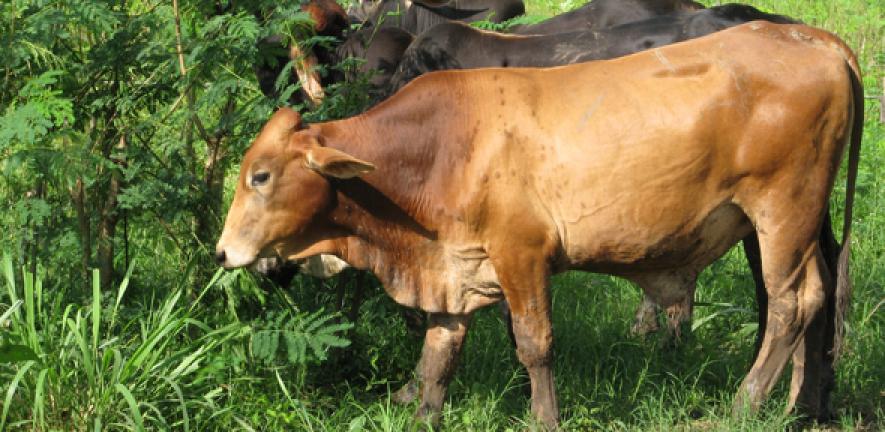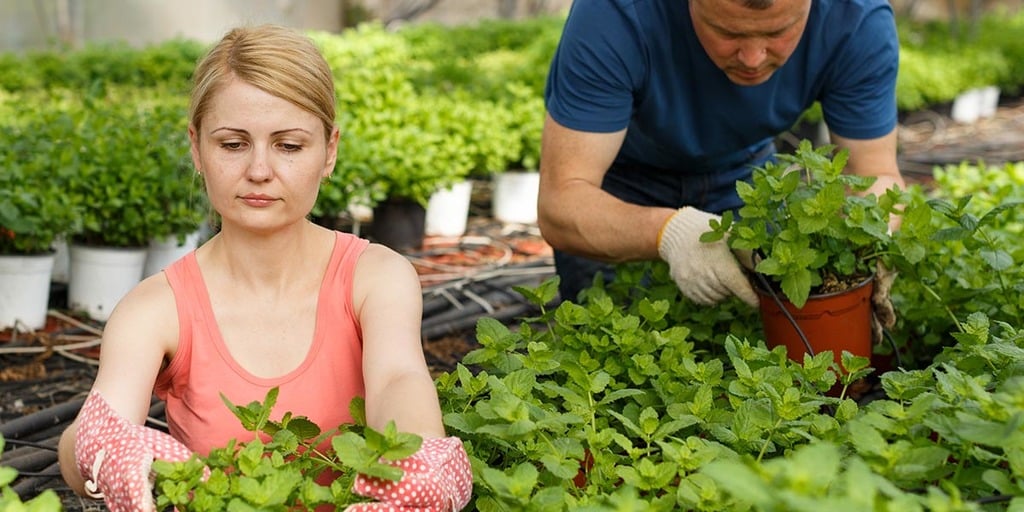Sustainable Crop Rotation Systems For Soil Fertility
Crop rotation is a fascinating agricultural practice that has been utilized by farmers for centuries. This sustainable farming technique involves systematically changing the crops grown in a particular field over different seasons or years. By doing so, farmers are able to optimize soil fertility, minimize pest and disease infestations, enhance nutrient availability, and even improve crop yield. In this post, we will delve deeper into the concept of crop rotation and explore its benefits, innovative ideas, recommendations, frequently asked questions, and a summary of its importance in modern agriculture.
Before we dive into the details, let's take a moment to appreciate the image below, which beautifully depicts the essence of crop rotation:
Now that we have set the visual context and piqued your curiosity, let's explore what crop rotation truly entails and why it is viewed as an indispensable practice.
What is Crop Rotation?
Crop rotation is a systematic method of alternating the types of crops grown in a specific field over a predefined period. The sequence of crops cultivated is designed strategically, taking into account numerous factors such as soil nutrient requirements, pest management, weed control, and sustainability.
The primary purpose of crop rotation is to break weed and pest life cycles, reduce soil erosion, improve soil structure, increase nutrient availability, and ultimately enhance crop yield. By rotating crops, farmers can effectively manage and replenish the essential nutrients required by different plant species.
Ideas For Implementing Crop Rotation:
- Diversity within Rotations: Incorporating a variety of crops within rotations has proven to be highly beneficial. This not only prevents the build-up of crop-specific pests and diseases but also preserves soil fertility.
- Cover Crops: Utilizing cover crops such as legumes (e.g., clover, peas, or beans) alongside cash crops enhances soil nitrogen levels. This, in turn, reduces the need for synthetic fertilizers and enhances the sustainability of crop rotations.
- Intercropping: Intercropping involves cultivating two or more different crops simultaneously in the same field. This practice promotes better resource utilization, weed suppression, and overall increased productivity.
- Rotating Crop Families: Different plants belong to specific families, and pests or diseases often attack specific groups. By rotating crop families, farmers can effectively manage pest populations and prevent the recurrence of plant-specific diseases.
Recommendations for Successful Crop Rotation:
- Understanding Soil Characteristics: Before embarking on a crop rotation plan, it is vital to evaluate the soil's texture, pH level, nutrient content, and organic matter content. This analysis helps in tailoring the rotation to address specific soil deficiencies and improve overall soil health.
- Rotation Plan Design: Designing a well-thought-out crop rotation plan that incorporates both annual and perennial crops is crucial for long-term success. A balanced plan ensures optimal crop yield, effective pest management, and sustainable land use.
- Monitoring Pest and Disease Incidents: Constant vigilance is key to managing pest and disease infestations effectively. Regular monitoring helps identify early signs of trouble and enables timely intervention to prevent outbreaks.
- Adapting to Local Climate and Resources: It is essential to consider the local climate, availability of water, and natural resources while planning crop rotations. Aligning the crops with regional climatic patterns ensures optimal growth and resource utilization.
Listicle of Additional Benefits of Crop Rotation:
- Soil Erosion Control: Crop rotation significantly reduces soil erosion by providing ground cover throughout the year.
- Enhanced Soil Fertility: By alternating nutrient requirements, crop rotation prevents depletion of specific nutrients, enhances soil fertility, and minimizes the need for synthetic fertilizers.
- Reduced Reliance on Pesticides: Crop rotation lowers the need for synthetic pesticides by interrupting pest life cycles and promoting natural predators.
- Disease Management: Rotating crops within different families helps break the cycle of plant-specific diseases, reducing the incidence of pathogenic attacks.
- Weed Suppression: Certain crop rotations effectively suppress weeds, eliminating the need for excessive herbicide use and benefiting overall crop health.
- Water Conservation: Well-planned crop rotations ensure that water usage remains optimal, minimizing wastage and preserving this precious resource.
- Economic Sustainability: By diversifying crops, farmers can tap into multiple markets, reducing reliance on a single crop and ensuring economic stability.
- Environmental Stewardship: Incorporating crop rotation into agricultural practices contributes to sustainable farming and reduces the negative impact on ecosystems.
- Enhanced Biodiversity: Crop rotation promotes habitat diversity, benefiting beneficial insects, birds, and other wildlife that play a crucial role in maintaining ecological balance.
- Resilience to Climate Change: Well-designed crop rotations can enhance agricultural resilience and mitigate the impacts of climate change, such as extreme weather events and temperature fluctuations.
Question & Answer
Q: How long has crop rotation been practiced?
A: Crop rotation has been practiced for thousands of years and has been documented in ancient agricultural practices.
Q: Which crops are commonly used in crop rotation?
A: Commonly used crops for crop rotation include legumes (e.g., soybeans, lentils), small grains (e.g., wheat, oats), brassicas (e.g., cabbage, broccoli), and more.
Q: How frequently should crop rotation be implemented?
A: The frequency of crop rotation may vary depending on numerous factors such as soil health, pest pressure, and crop type. However, a general recommendation is to alternate crops every one to three years.
Q: Can crop rotation be practiced in smaller backyard gardens?
A: Absolutely! Crop rotation can be adapted to suit gardens of any size. Designating different beds for specific crops or even implementing container gardening techniques can effectively lead to successful crop rotation.
Summary of the Importance of Crop Rotation:
Crop rotation is a dynamic and versatile farming technique that offers numerous benefits to both farmers and the environment. By systematically alternating crops, farmers can enhance soil fertility, minimize pest and disease pressure, reduce reliance on synthetic inputs, and optimize overall crop yield. Additionally, crop rotation contributes to sustainable agricultural practices, economic stability, and environmental stewardship. Implementing well-designed crop rotation plans ensures the long-term viability and resilience of our agricultural systems.
In conclusion, crop rotation is not merely a traditional farming practice but a fundamental pillar of sustainable agriculture. It is an art that aims to harmonize the needs of the land, crops, and farmers. So, whether you have a vast agricultural estate or a small backyard garden, consider embracing the principles of crop rotation and witness the incredible benefits it brings to your crops, soil, and entire ecosystem.




Post a Comment for "Sustainable Crop Rotation Systems For Soil Fertility"